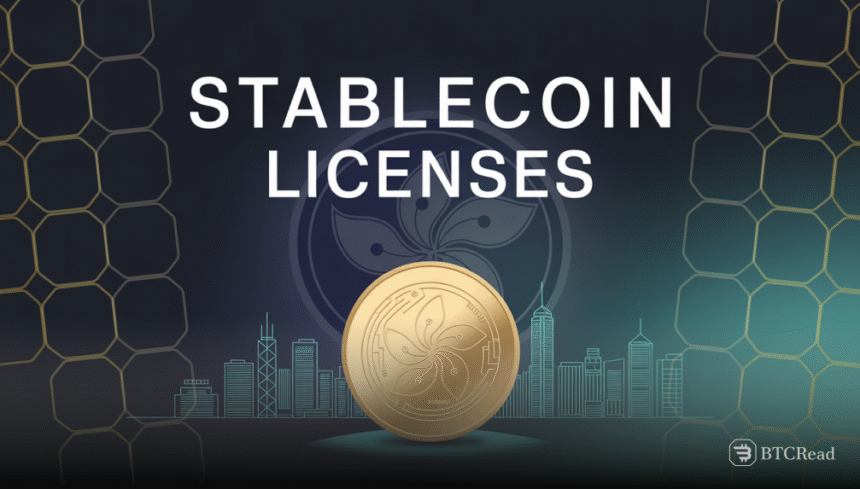The Hong Kong Monetary Authority has confirmed that it received 77 expressions of interest for stablecoin issuer licenses by the end of August. The applicants include banks, securities and asset managers, technology companies, e-commerce platforms, payment firms, and Web3 startups.
Though the number of potential institutions continued to be large, the authority made the announcement that during the inaugural phase of the ordinance, it would license only a handful of institutions. It asked institutions that have implemented systems for compliance to submit formal requests by the end of September.
The regulator warned the public that neither application nor expression of interest constitutes approval or recognition. It further warned the investors to be aware of promotion practices by non-licensed stablecoins. The new regime aims to enable only companies that possess effective financial and operational protection mechanisms to engage in the regional market.
Stablecoin oversight tightens in Hong Kong
The new stablecoin rules remain very strict, said Ng Kit-chong, the local legislator at the Legislative Council in Hong Kong. The city will likely issue only one license in early 2025 as the regulator remains tentative.
Meanwhile, the Legislative Council aimed to push further rulemaking on offline over-the-counter transactions in the coming year to cater to growing risk in the segment. He reiterated that data assets, including digital currencies like Bitcoin, already feature in the reserves of numerous governments and businesses globally.
While Hong Kong works on licensing, other jurisdictions are tightening oversight. South Korea will join the OECD’s Crypto-Asset Reporting Framework and begin sharing cross-border trading data from 2027. Singapore reported fraud losses of S$456 million in the first half of 2025, with crypto scams making up nearly a fifth of the total.
Japan Post Bank to launch DCJPY digital currency in 2026
Japan’s securities regulator proposed shifting crypto regulation to its primary securities law to step up disclosure and investor protection. Kazakhstan’s financial regulator initiated a pilot to permit stablecoin transactions to be used to pay for regulatory fees in the first such case in the region.
The country reiterated that it would take on the OECD model from 2027 onwards in reporting residents’ foreign assets. The Chainalysis 2025 adoption index placed India, the United States, and Pakistan at the top three markets after the very strong Asian and Latin American expansion.
Japanese publicly traded company Metaplanet increased its Bitcoin holdings to 20,000 and revealed that it would purchase 210,000 BTC by 2027. Japan Post Bank announced that it would introduce its digital currency DCJPY by 2026.
Meanwhile, Yunfeng Financial disclosed that it acquired 10,000 ETH worth $44 million as part of its reserve strategy. Across Asia, regulators and institutions are moving carefully but firmly, aiming to balance innovation with strong safeguards as digital assets gain mainstream relevance.







